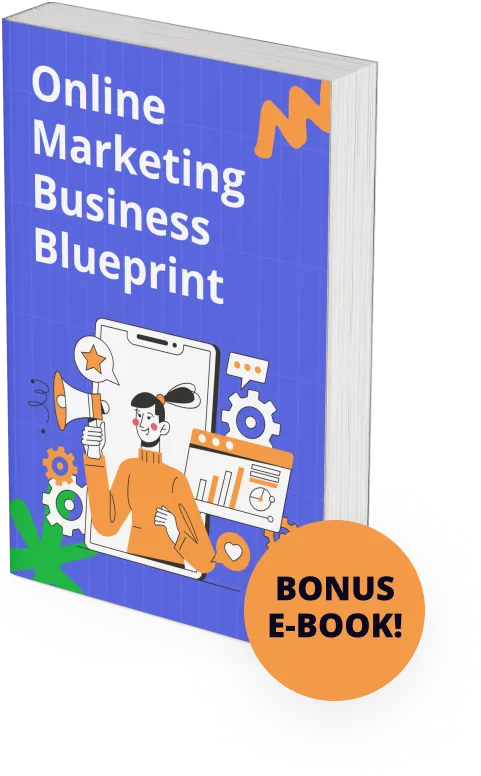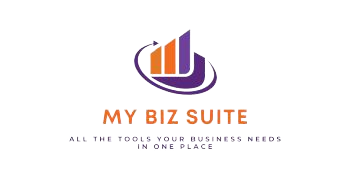
Claim A Free Marketing Audit Of Your Business
We'll show you exactly where you're falling short when
it comes to your Online Marketing.
For no cost, you'll receive:
Your Online Marketing Audit
A checklist of the exact items you need to fix
The Online Marketing Blueprint E-Book
© 2025 My Biz Suite - All Rights Reserved.
*Several of our plans have additional communication fees for phone calls, SMS, email, and AI usage.

